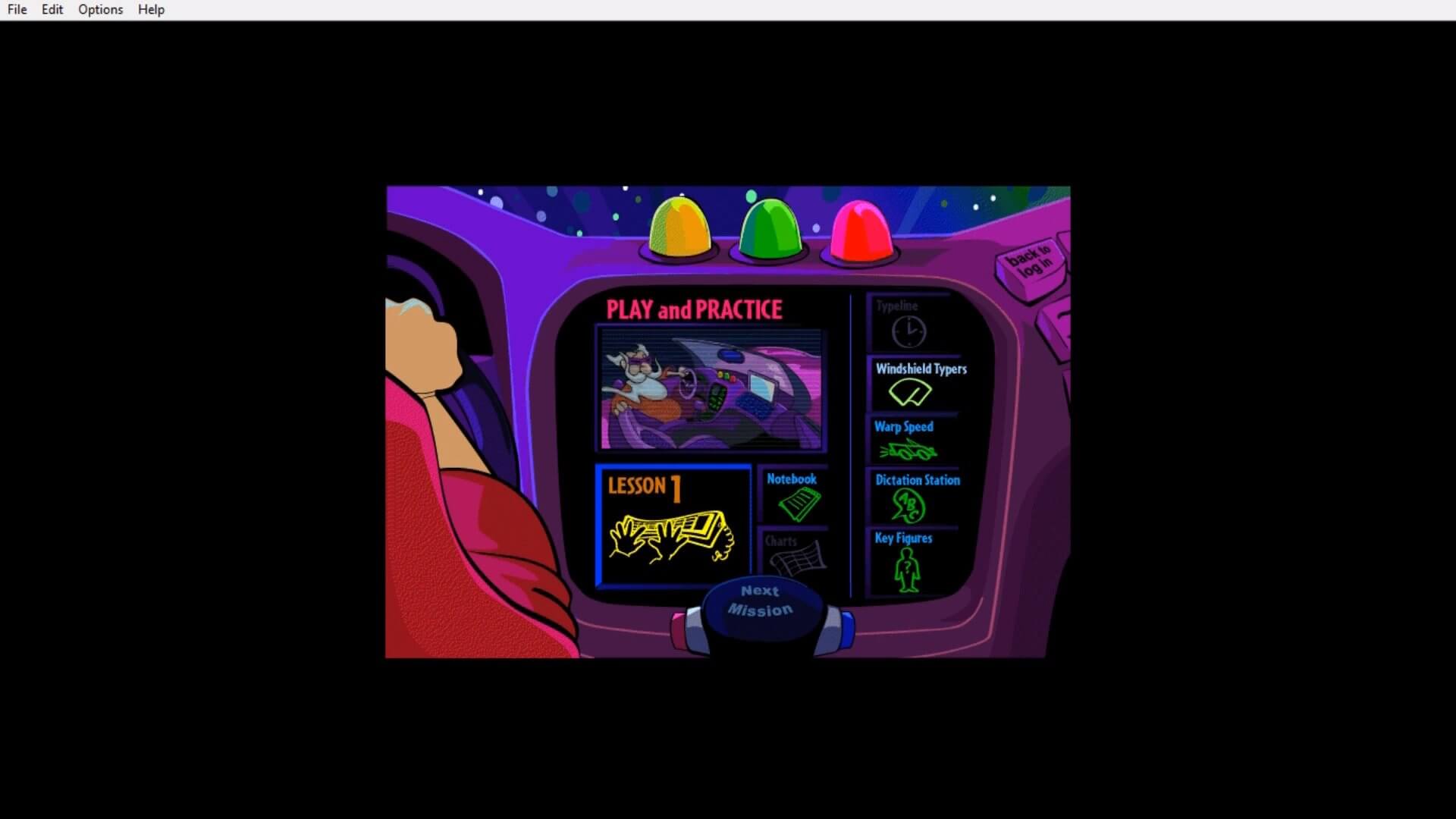
Customization available to studentsįor ease of accessibility, students can also adjust font size and play audio with rollover buttons. Insider Knowledgeįrom the game screen, students have the ability to personalize some aspects of the program. Also from here, teachers can set class/student speed and accuracy goals, group students based on ability, and differentiate instruction through custom content. Teacher accounts include a dashboard that provides a list of students, detailed reports on student and class progress, the ability to create certificates, and more. PreTest with options for each lessonĪt any time during practice, students can click back to review but cannot move forward until they’ve finished all required preparations.

Then, they take a pretest to assess their skills and place them at the right spot in the thirty-six lessons so they are challenged rather than bored.

The first time students log onto Type to Learn, an introductory video explains their part in the mission and how they can progress through activities.
#TYPE TO LEARN 4 LOGIN CODE#

No installation, no set-up, often little supervision, just typing. With most of these freemium online programs, students log in and get started.

Students graduated from the thirty-forty lessons (that took about a year to get through) with the skills they needed to become fast and accurate typists who could use the keyboard as an effective tool in both classwork and homework.Īt some point in the past, busy teachers moved away from a committed program that teaches typing to solutions that promised to automate the process with rote drills and games. The game-based keyboarding program was fun, engaging, and actually worked. When I started teaching a decade ago, Type to Learn was the MS Word of typing programs–everyone used it.


 0 kommentar(er)
0 kommentar(er)
